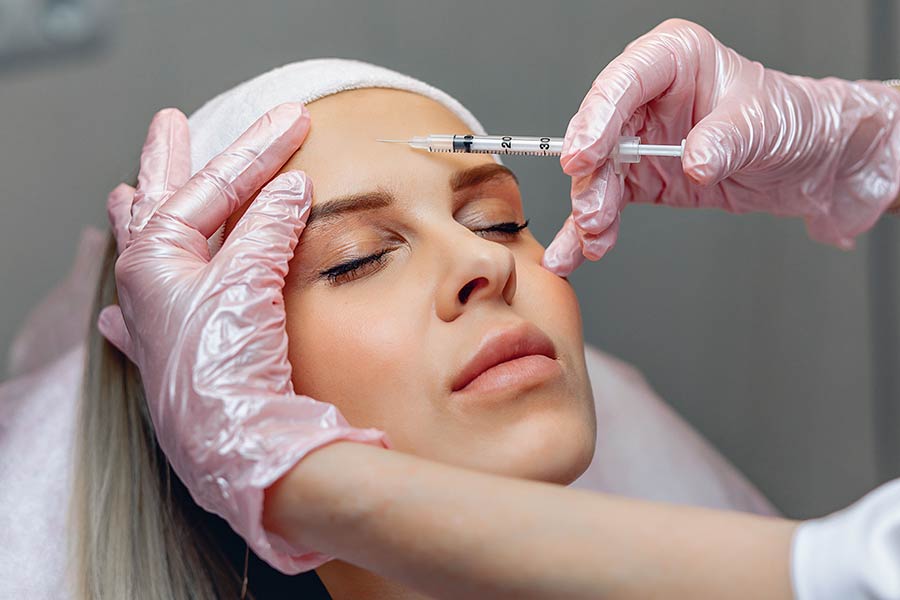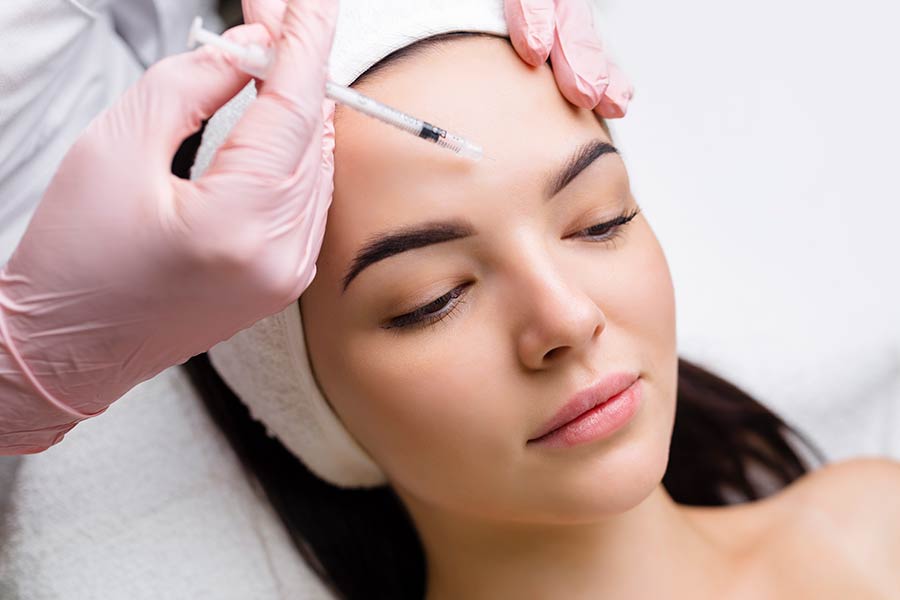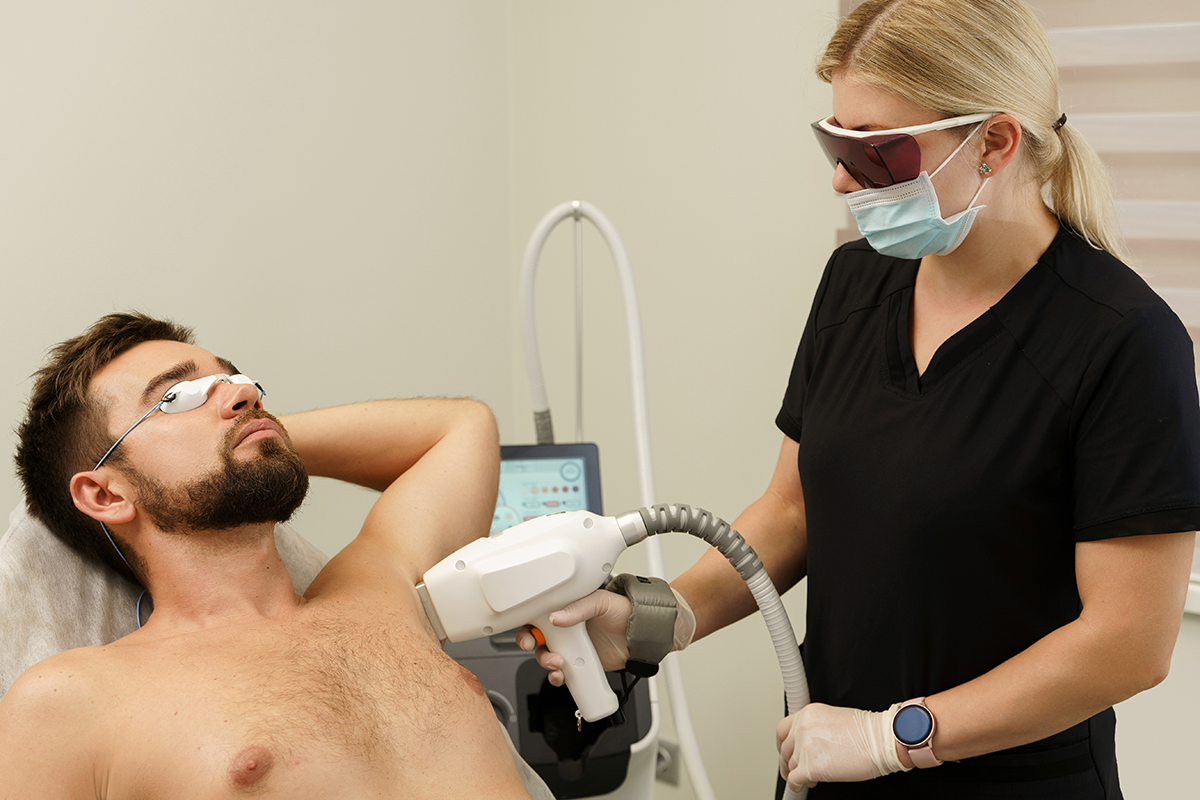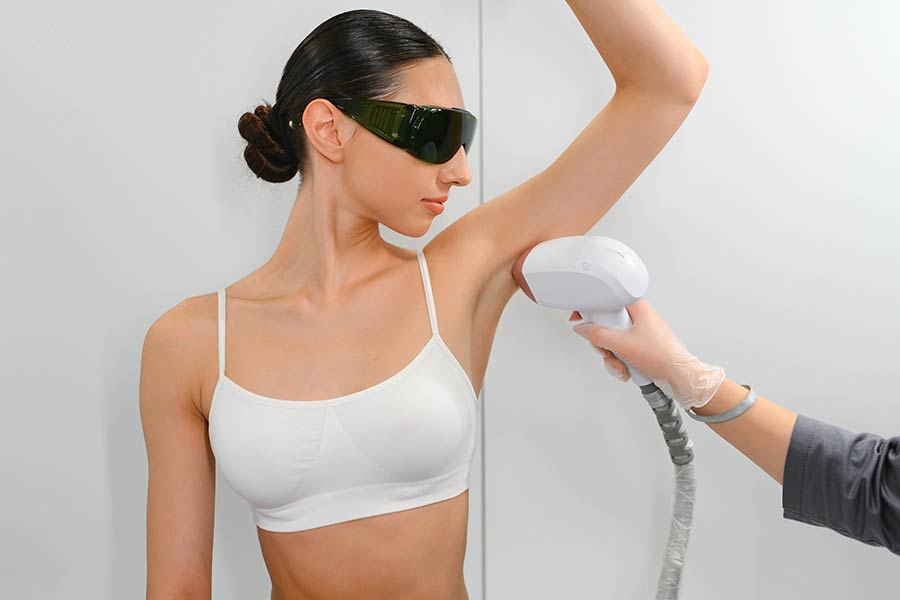Ever wondered about the long-term effects of Botox? It's not just a quick fix for wrinkles; the story goes deeper. While Botox is celebrated for its ability to smooth out fine lines and give that ever-desired youthful appearance, whispers and worries about its long-term side effects linger in the air. This post dives into what you really need to know about the prolonged impact of using Botox. From minor nuisances to more significant concerns, understanding these aspects is crucial for anyone considering or continuing Botox treatments. Let's uncover the truths behind botox side effects long-term, separating fact from fiction and guiding you towards making informed decisions about your beauty routines.
Key Takeaways
- Botox, widely used for cosmetic and medical purposes, can have side effects that extend over the long term, stressing the importance of understanding its impacts.
- Long-term side effects can vary from minor to more serious health issues, highlighting the need for users to weigh the benefits against potential risks.
- Understanding the mechanisms behind Botox's side effects is crucial for both healthcare providers and patients to make informed decisions about its use.
- To mitigate long-term risks, it's essential to follow best practices such as choosing experienced practitioners and discussing personal health history before treatment.
- The impact of Botox on life quality can be significant, with both positive outcomes and challenges, underscoring the importance of considering personal goals and potential side effects.
- Ongoing research into Botox offers hope for safer use in the future, with the potential for minimizing side effects while maximizing therapeutic benefits.
Understanding Botox
How Botox Works
Botox, a powerful neurotoxin, works by blocking nerve signals that cause muscles to contract. This action results in the temporary relaxation of the targeted muscles. Due to its precision, doctors can use Botox to relax only specific muscle groups without affecting others. This selective application ensures that only the desired areas are treated, minimizing unintended effects on muscle movement.
The effects of Botox are not permanent. They typically last for three to four months before the body gradually resumes normal nerve signal transmission. This temporary nature allows for adjustments in treatment according to patient needs and responses over time.
Botox for Beauty and Health
In the realm of cosmetic enhancements, Botox is renowned for its ability to reduce the appearance of wrinkles. By relaxing facial muscles, it smoothens skin surface and diminishes lines caused by expressions like frowning or squinting.
Beyond its aesthetic applications, Botox serves therapeutic purposes as well. It has been effectively used in treating conditions such as excessive sweating (hyperhidrosis) by blocking signals that stimulate sweat glands. Its versatility underscores the importance of having treatments administered by professionals. Proper administration not only maximizes effectiveness but also ensures safety, reducing risks associated with improper dosage or injection technique.
Botox's Role in Headache Relief
For chronic migraine sufferers, Botox offers a beacon of hope. It prevents headaches by relaxing muscles and blocking pain signals in the nervous system. The process involves multiple injections around the head and neck area every 12 weeks.
Patients often experience significant relief, with effects lasting up to three months. This duration provides a much-needed respite from the frequent and debilitating pain associated with chronic migraines. The effectiveness of Botox in this capacity highlights its potential as a versatile medical treatment beyond cosmetic applications.
Long-Term Side Effects Overview
Common Side Effects
Many people experience mild and temporary side effects after Botox injections. These often include bruising, swelling, and mild pain around the areas where the needle was inserted. These symptoms are usually short-lived.
Another common side effect is temporary drooping of the eyelids or eyebrows. This can happen if the Botox spreads to surrounding tissues. It's important to note that these effects are generally temporary. They typically resolve on their own within a few weeks.
Rare Occurrences
While most people do not have serious problems from Botox, there are rare but severe side effects. Difficulty breathing or swallowing after treatment could indicate a more serious issue, such as botulism-like symptoms. If you notice these signs, it's crucial to seek medical help immediately.
Allergic reactions to Botox are also rare but can be severe when they occur. Symptoms might include itching, rash, redness, or swelling. The severity of these reactions underscores the need for prompt medical attention.
Muscle Changes Over Time
Long-term use of Botox may lead to changes in muscle tissue. One potential change is muscle atrophy, where muscles weaken due to repeated injections over time. This happens because muscles are not being used as much.
Repeated treatments might also result in decreased muscle strength in the treated areas. Over time, some individuals might need higher doses of Botox to achieve the same results as before. This is because muscles can adapt to the toxin.
Mechanisms Behind Side Effects
Cellular Actions
Botox works by blocking signals from the nerves to the muscles. This prevents the muscle from contracting. At the cellular level, Botox targets neurotransmitter release. Neurotransmitters are chemicals that transmit signals across a synapse from one neuron to another target neuron, muscle cell, or gland cell. Botox specifically inhibits the release of acetylcholine, a neurotransmitter responsible for triggering muscle contractions.
With long-term use, Botox affects both muscle cells and nerve endings. It can lead to changes in how these cells communicate. Over time, cells may adapt to repeated Botox exposure. They might change their response to neurotransmitters or alter their receptor numbers. These adaptations can affect how effectively muscles contract after repeated treatments.
Muscle Weakness and Atrophy
Long-term Botox use is linked to muscle weakness. Since Botox prevents muscles from contracting, these muscles are not used as frequently. This can lead to a decrease in muscle strength over time. Prolonged lack of muscle activity can cause muscle atrophy. This means muscles can become smaller and weaker due to reduced use.
Patients should work closely with healthcare providers to monitor and manage muscle health. Regular check-ups can help assess any changes in muscle strength or size. Healthcare providers might recommend exercises or therapies to maintain muscle health while using Botox.
Skin Flattening Effects
The aesthetic impact of long-term Botox use on skin texture is notable. As Botox reduces muscle activity beneath the skin, it may also affect skin appearance over time. With repeated treatments, the skin might appear thinner or more 'flattened'. This is because the dynamic lines caused by facial expressions become less pronounced.
However, patients must balance between desired cosmetic effects and natural skin aging processes. While some seek the smooth appearance that Botox provides, it's essential to consider how natural aging factors into overall skin health and appearance.
By understanding these mechanisms behind side effects, patients and healthcare providers can make informed decisions about long-term Botox use. They should weigh the benefits against potential risks like cellular adaptations, muscle weakness, atrophy, and changes in skin texture.
Mitigating Long-Term Risks
Consulting Healthcare Professionals
Before starting Botox, it's crucial to seek advice from healthcare professionals. They can guide you through the process and help avoid complications. Choosing an experienced practitioner is key for a safe and effective treatment.
It's also important to discuss your health history with your doctor. They need to know about any conditions or medications that might affect Botox treatments. This step can significantly reduce the risk of unwanted side effects.
Treatment Frequency
The right interval between Botox treatments ensures the best results without unnecessary risks. Experts recommend waiting at least three to four months between sessions. This timing helps maintain the desired effect while keeping safety in check.
Treatment frequency may vary based on how your body responds and what you're aiming to achieve. However, getting injections too often can lead to problems. It's best to follow professional guidelines to minimize the chance of long-term side effects.
Alternative Therapies
There are other ways to tackle wrinkles or migraines besides Botox. Options like fillers, acupuncture, or even certain lifestyle changes can be effective. Each has its own set of benefits and limitations.
For those considering a broader approach, holistic therapies might offer relief while promoting overall well-being. These methods often focus on diet, exercise, and mental health as ways to enhance beauty and reduce headaches.
Impact on Life Quality
Mental Health Considerations
Seeking cosmetic treatments like Botox can have a deep psychological impact. For some, it boosts self-esteem. They feel better about how they look. This can be empowering.
However, there's a risk of becoming too dependent on these treatments for confidence. Some people might feel they need more procedures to maintain their happiness. It's crucial to have mental health support during this journey. Talking to a professional helps balance the benefits and potential dependency.
Social Views and Expectations
iety often has strong opinions about Botox treatments. These views influence many people's decisions to undergo such procedures. In the past, there was a lot of judgment. Now, perceptions are changing. Cosmetic procedures are becoming more accepted in both social and professional circles.
Yet, it's important to remember that personal choice matters most. You should not feel pressured by societal expectations. What you decide about your body is up to you.
Enhanced Life Quality
Many share stories of how Botox has improved their life quality. They talk about feeling more confident in social situations. This boost in self-assurance can lead to better interactions with others and an overall enhanced well-being.
But it's vital to find a balance. While cosmetic enhancements can make us feel better about our appearance, accepting natural aging is also important. We should strive for improvements that make us happy without losing sight of who we are.
Future of Botox Research
Clinical Outcomes
Research on the efficacy and safety of long-term Botox use brings both promise and caution. Studies have consistently shown positive outcomes for chronic conditions like migraines, muscle spasms, and excessive sweating. These findings highlight Botox's potential as a long-term treatment option. However, the full understanding of its long-term effects remains incomplete.
The need for ongoing research is clear. It will help determine how Botox can be used safely over many years. Patients have reported improved life quality when using Botox for chronic issues. This underscores the importance of further studies.
Investigating Longevity
The longevity of Botox's effects and its potential health impacts are of great interest to researchers. How long can patients expect relief? What are the best practices for treatment frequency and dosages? These questions remain partially unanswered due to a gap in knowledge about decades-long use of Botox.
Long-term studies could greatly inform treatment guidelines. They would make treatments safer and more effective for patients worldwide. As it stands, doctors often rely on current standards without comprehensive data on longer-term implications.
Ongoing Studies Needed
There is a pressing need for more comprehensive studies to understand Botox's full spectrum of long-term effects. Such research is crucial for developing safer treatment protocols that minimize risks while maximizing benefits.
Ongoing research will also play a key role in patient education. It’s important that patients understand both the benefits and risks associated with prolonged Botox use. Knowledge empowers them to make informed decisions about their health care.
Summary
Botox has its ups and downs, like anything else. We've walked you through what Botox is, the long-term side effects, why they happen, how to lessen them, and how it all plays into your life quality. Plus, we've touched on where research is headed. Knowing this stuff matters because it arms you with the power to make informed choices about your body and health. It's all about weighing the benefits against the risks and deciding what's best for you.
Now's the time to chat with a healthcare pro if you're thinking about Botox or if you've got questions or concerns. They're your go-to for advice that's tailored to your unique health situation. Don't just wonder about what might be—get the facts and make choices that feel right for you. Stay informed, stay safe, and here's to making decisions that keep you feeling great inside and out.
Frequently Asked Questions
What are the long-term side effects of Botox?
Long-term side effects can include muscle weakness, skin laxity, and potentially diminished facial expressions with prolonged use. Regular monitoring by a healthcare professional is advised.
How does Botox cause long-term side effects?
Botox works by temporarily paralyzing muscles, which over time can lead to muscle atrophy and changes in skin texture due to reduced movement.
Can long-term Botox use be safely managed?
Yes, with careful planning and regular consultations with a medical professional, risks can be minimized. Tailoring the treatment frequency and dosage is key.
Does long-term Botox use affect life quality?
For many, the aesthetic benefits of Botox significantly improve life quality. However, individual experiences vary, and ongoing assessment is crucial.
What is the future of research on Botox?
Research continues to focus on optimizing safety and effectiveness, including minimizing long-term side effects. New formulations and techniques are under constant development.
Are there ways to mitigate the risks of long-term Botox use?
Regular follow-ups with a healthcare provider, using the minimum effective dose, and allowing time between treatments help reduce risks.

















